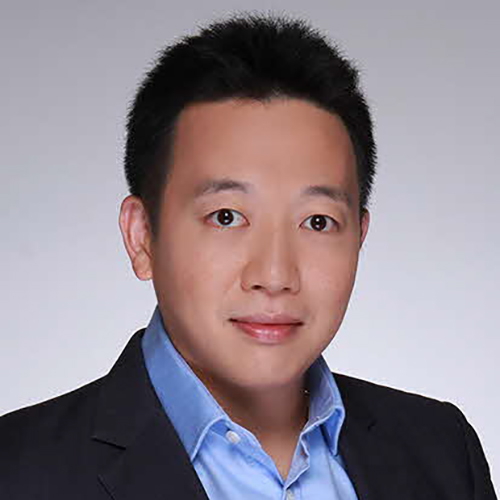The United States Department of Commerce’s latest sweeping semiconductor export restrictions, issued on October 7, adding 31 Chinese firms to its so-call “unverified list”, which curbs the entities access to US technology, is a game-changer compared with previous restrictions.
The sanctions no longer solely target a specific firm or technology, as did previous export restrictions on Chinese firms like Huawei or SMIC, but have been expanded to a wider range of fields, such as artificial intelligence, supercomputers and software, in addition to memory chips. The state-owned semiconductor manufacturer Yangtze Memory Technologies Company and other technology firms, such as Shanghai Tech University and Beijing PowerMac Company, are on the list.
Listed companies are only allowed to receive items subject to the Export Administration Regulations with a licence exception, according to the commerce department’s Bureau of Industry and Security (BIS). And, even before the new sanctions, a report from corporate and investment bank Natixis finds that the approval rate of export licences by the BIS for China declined from 82% in 2018 to 67% in 2021 amid the ongoing US-China tensions.
Foreign semiconductor manufacturers that operate plants in China, such as Intel, TSMC or SK Hynix, are also required to apply to receive exemptions from the rules. As of October 13, Intel and SK Hynix have reportedly obtained them.
Facing strict regulations, the massive gap between demand and supply will keep widening in China, despite the country’s years of struggle to improve its chip production capacity. Statistics from Natixis show that chips have become China’s biggest import since 2015, totalling US$433 billion as of 2021. Given the revenue of the global chip sector, China’s semiconductor demand accounted for 40% of global demand in 2021, with only a 5.2% market share on the supply side.
In addition, most Chinese companies are at the lower-end of semiconductor manufacturing. China has had some breakthroughs in advanced technologies, but the main foundries for high-tech chips are still in Taiwan, South Korea and the United States, according to Natixis research.
This constrains China’s development of cutting-edge technologies as the latest chip ban restricts the sale of a handful of technologies – such as 14 or 16 nanometre (nm) chips, 18nm memory chips, and NAND flash memory with 128 layers or more – to China's factories and research and development centres.
And the upgrading of the US export restrictions on China has accelerated the reshoring process of semiconductor manufacturing to the United States, and the other global players are also looking to relocate their fabs to other Asian countries. For example, Samsung plans to produce chips in Vietnam from mid-2023 and expand its component production in Vietnam.
Facing the current dilemma, China’s President Xi Jinping stressed at the 20th Communist Party congress, concluded last Saturday, that China will work on achieving self-sufficiency in technology in the coming five years. It is still unclear whether Xi’s optimistic take on this cloud of chip restrictions will end up having a silver lining for China and rid it of this embarrassing situation.






.jpg)


